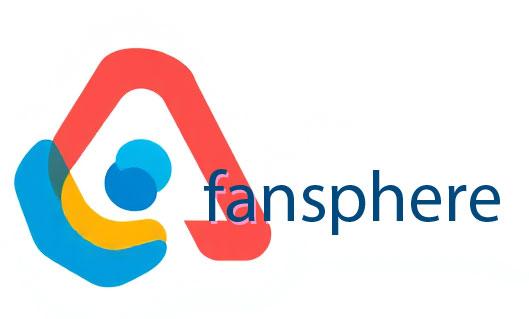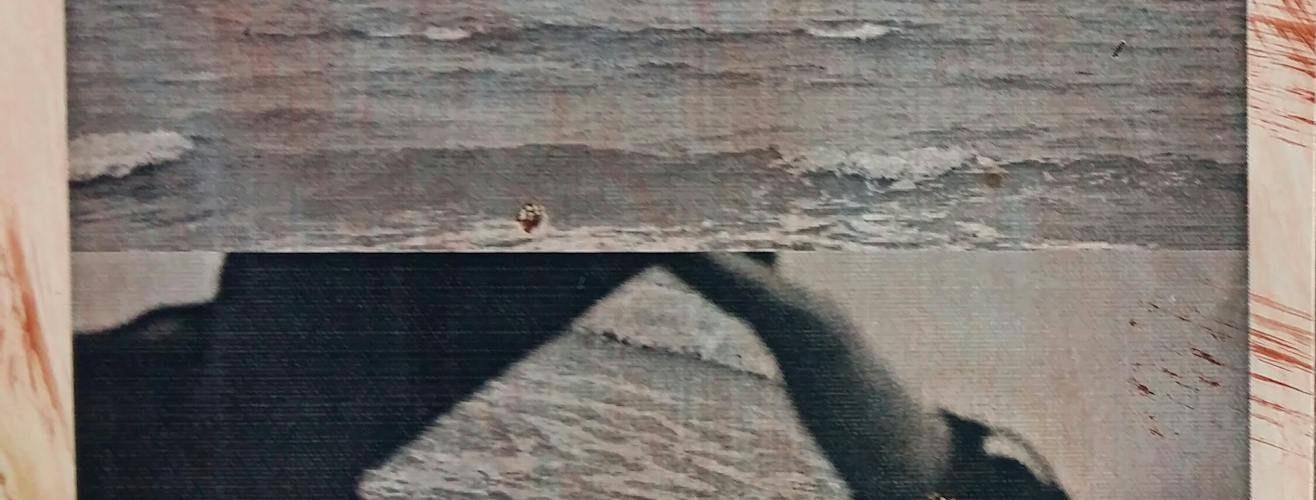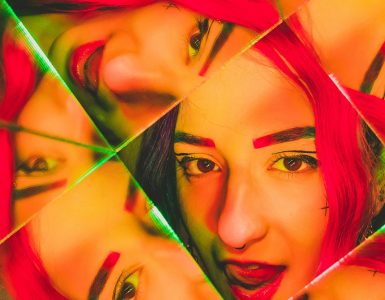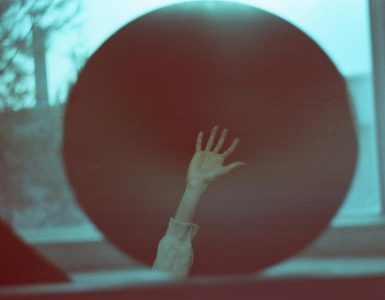Ever notice how certain movie scenes feel eerily familiar, like a song you’ve heard before, or a painting you’ve glanced at in a museum? It’s not just déjà vu; it’s the subtle echo of shared artistic DNA. Entertainment and art, seemingly disparate fields, are interconnected in fascinating, often overlooked ways. Let’s dive into some surprising connections.
The Unintentional Remix: Inspiration’s Hidden Hand
Think of Kubrick’s *2001: A Space Odyssey*. Its iconic visual style, the unsettling silence punctuated by unsettlingly beautiful music, wasn’t born in a vacuum. Kubrick drew heavily from classical music (Strauss’s *Also Sprach Zarathustra*, anyone?), modern art (think the stark minimalism of Mondrian), and even the symbolic imagery of ancient mythology. The film’s impact transcends cinema; it’s a cultural artifact that influenced everything from video game design to advertising aesthetics. Few realize the depth of its artistic lineage—a patchwork quilt stitched from centuries of creativity. Ancient Art Form Casts a Spell on Modern Audiences
Similarly, consider the impact of Hitchcock’s *Psycho*. The shower scene, a masterpiece of suspense and cinematic innovation, wasn’t just groundbreaking; it also redefined horror’s visual language. Its influence ripples across decades of genre filmmaking, inspiring countless imitations and homages, all stemming from that iconic moment. The scene’s visceral impact transcends the mere act of violence; it’s a study in composition, editing, and sound design that continues to be analyzed and dissected.
The Soundtrack of Our Lives: Music’s Unsung Influence
Music isn’t just the background noise; it’s the emotional core of many films and even visual artworks. Think about the power of a well-placed musical cue—how it can heighten tension, evoke nostalgia, or even completely shift the tone of a scene. Consider the iconic scores of John Williams, whose work for *Star Wars* and *Jaws* isn’t just memorable, it’s become inseparably linked to their respective films. These aren’t mere accompaniments; they are active participants in shaping our emotional experience. The music acts as a kind of visual language in itself—one that speaks directly to our subconscious and deepens our understanding of the piece.
Beyond film, music deeply informs visual art. Consider the Impressionist painters’ fascination with capturing the fleeting nature of light and color; their work resonates with the Romantic era’s emphasis on emotion and fluidity, mirroring the musical styles of the time. The movement’s very name evokes the impression of a musical performance, suggesting a fleeting emotional impact.
The Art of the Mashup: Unexpected Collaborations
The lines between mediums are increasingly blurred. We see artists taking inspiration from films (think the vibrant colors and surreal imagery of contemporary artists influenced by Tim Burton), filmmakers borrowing from the aesthetics of painters (Wes Anderson’s symmetrical shots and pastel color palettes evoke a sense of whimsical nostalgia, reminiscent of certain mid-century photographers), and musicians sampling sounds and visuals from various sources. This cross-pollination is a testament to the interconnected nature of artistic expression. The fusion of techniques, mediums, and artistic styles has sparked numerous innovations.
And let’s not forget the power of fan art. This is a whole other level of collaboration, where the audience becomes active participants in shaping the narratives and aesthetics of their favourite works. Fan art interprets, expands upon, and reimagines existing creations, creating a vibrant echo chamber of creative expression. It’s an unintentional, organic remix of the original, often pushing the boundaries of the source material.
The Hidden Symbols: Deciphering the Subtext
Many works of art and entertainment contain layers of meaning that go beyond the surface narrative. Symbolism, allegory, and hidden references add depth and complexity, rewarding attentive viewers or listeners. Think of the recurring motifs in Shakespeare’s plays; the symbolism woven into the tapestries of medieval art; or the subtle clues embedded in a film’s cinematography. These hidden layers invite interpretation and discussion, enriching our understanding of the work itself, and highlighting the artist’s skill in creating multi-layered narratives.
Consider the use of color in film. Certain colors consistently evoke specific emotions – red for passion or danger, blue for calm or sadness. This isn’t accidental, but a deliberate artistic choice to amplify the emotional experience of the viewer. Similarly, the composition of a painting, the placement of objects, the use of light and shadow – all contribute to a deeper, often subconscious, understanding of the artwork’s meaning. The power lies in recognizing and interpreting these deliberately placed elements.
Conclusion: Beyond the Surface
The world of entertainment and art is a vast and interconnected tapestry. It’s a network of influences, inspirations, and creative echoes, where genres blend, styles collide, and meanings intertwine. By looking beyond the surface narratives and recognizing the hidden connections, we unlock a deeper appreciation for the creative process and the rich complexity of human expression. So the next time you watch a movie, listen to music, or visit an art gallery, remember that what you’re experiencing is part of a much larger, interconnected, and ever-evolving conversation.

























Add comment